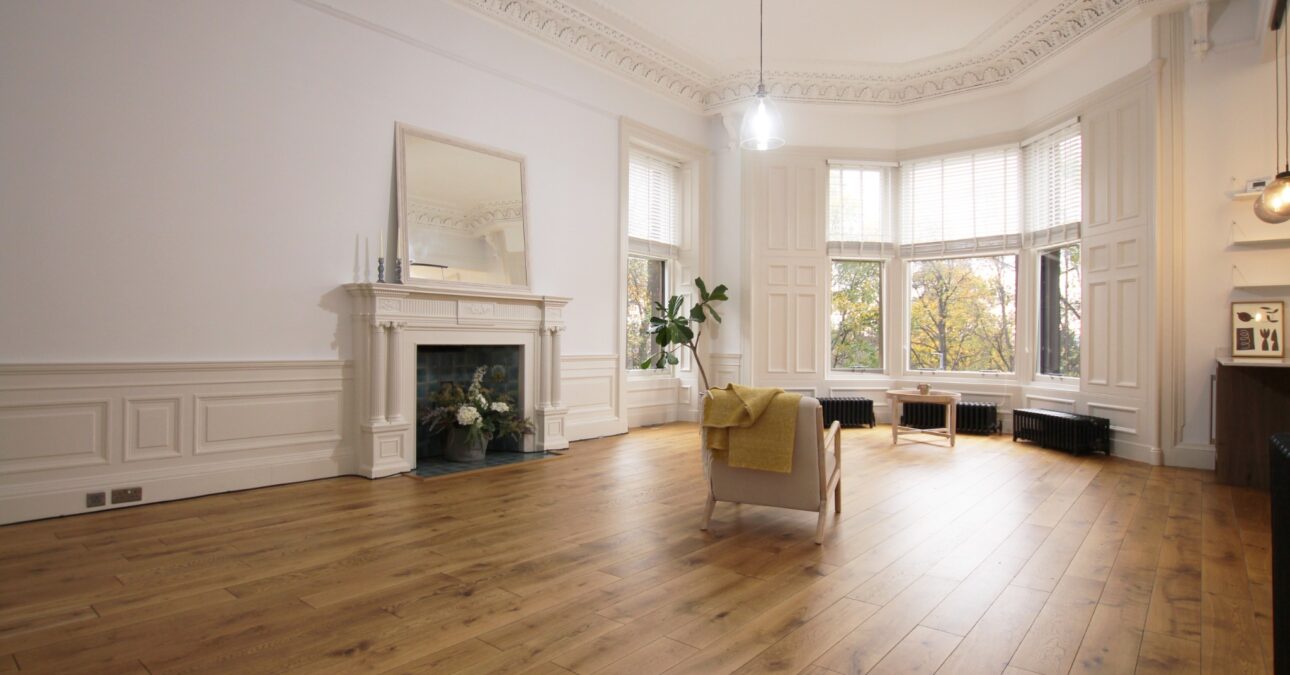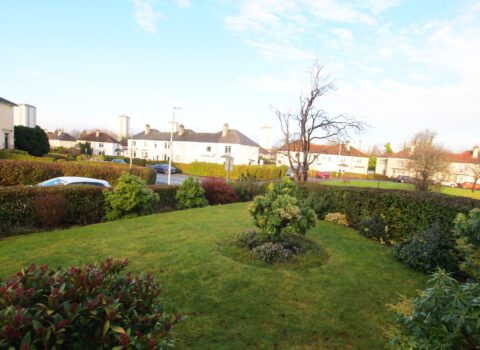Carbon Monoxide Detector Regulations – What Should Landlords Know?

Updated 24/03/2025
Carbon monoxide detectors in rental homes have historically caused a great deal of confusion. Do I actually need them? How much do I need? Where are they supposed to be installed? Why are carbon monoxide detectors needed? So many questions!
So, exactly what are landlords in the private rented sector supposed to give in terms of carbon monoxide? What are the expectations from tenants in a rented home? Carbon monoxide, also known as the “silent killer,” is certainly not to be taken lightly.
What is a Carbon Monoxide?
Before we continue, here’s a brief reminder for everyone who slept during school science class:
- Carbon monoxide (commonly known as CO) is a gas that has no smell, taste, or colour.
- It is formed when a material containing carbon is burned, but there is not enough heat or oxygen to create carbon dioxide.
- Common home appliances used for cooking and heating can emit carbon monoxide if they are incorrectly set up, not maintained properly, have a problem, or have insufficient provision for combustion air.
- It is harmful to both people and animals; low levels of exposure can result in headaches, dizziness, and cognitive impairments; high levels of exposure can cause major health problems and even death.
Carbon monoxide detectors and guidelines for rental properties
In December 2015, new rental regulations were implemented. These amended standards addressed previously contradictory guidelines, which had confused both landlords and tenants in private rentals. This amendment to the Housing (Scotland) Act 2014 regulations requires landlords to guarantee that all rented housing in Scotland is habitable, structurally sound, and fundamentally secure. This involves providing carbon monoxide detectors with long-life sealed batteries.
What makes these guidelines so important?
According to reports from 2016, one out of every 10 Scottish adults has experienced carbon monoxide poisoning in their home, highlighting the importance of adhering to carbon monoxide alarm regulations. Moreover, studies found that the probability of significant exposure to carbon monoxide was 3x higher in rented apartments than in other types of housing.
Carbon monoxide-related incidents have decreased dramatically after these laws went into effect.
Where should detectors for carbon monoxide be placed?
Always follow the manufacturer’s guidelines when installing a CO detector on any property. If the manufacturer’s instructions are not available, the following general advice needs to be followed:
- COs mounted on walls should be at least 15cm below the ceiling.
- CO detectors positioned on the ceiling should be at least 30 cm away from any walls.
- Alarms must be placed away from corners, windows, and areas with limited air movement, such as dropped ceilings and alcoves.
- They must be placed away from corners, windows, and areas with limited air movement, such as dropped ceilings and alcoves.
- The ideal distance between an appliance and a CO detector is 1-3 metres.
- It is best if the smoke and carbon monoxide alarms are installed outside the cupboard if the appliance is located beneath the stairs or in a cupboard.
- If you install an appliance in a loft space, you must have a CO detector within 1-3 metres of the appliance and an interlinked CO detector outside the loft, close to the access hatch. These can be wirelessly linked or hardwired. The purpose of this is to ensure that renters are informed of the presence of CO in the loft before it reaches hazardous levels.
Who is responsible for maintaining carbon monoxide alarms?
It is a legal requirement for the landlord to ensure the proper maintenance and replacement of any CO alarms in the rented property. If a detector expires or becomes malfunctioning throughout the duration of a tenancy, the landlord is responsible for replacing it.
Things that a Landlord needs to know
Landlords must ensure that they comply with these rules and that suitable mechanisms are installed for the safe detection of carbon monoxide:
- They must install a sealed battery-powered CO alarm in every room that contains a gas-burning appliance including boilers, fireplaces, and stoves. The only exceptions are gas kitchen appliances, which do not require CO protection because they are only used for short periods of cooking.
- Alarms with removable batteries (AA batteries, similar to those found in your TV remote) are no longer appropriate and should be replaced. This ensures that tenants are unable to remove the batteries in the event that the alarm goes off.
- Any room that contains a flue should also have at least one smoke alarm and appropriate CO detectors installed. This implies that if your boiler is in your hall cupboard and the flue runs through a hall and then a bedroom before removing on an external wall, a CO detector must be installed in both the hall and the bedroom. This gives the renters the best possibility of detecting a problem before it becomes a danger.
- Every detector must have a visible installation and expiration date.
- Detectors should also be checked yearly as part of the gas safety inspection to ensure they are still up-to-date and functional.
Landlords who fail to comply with these conditions could face punishment from the First-tier Tribunal for Scotland (Housing and Property Chamber).
Things that Tenants need to know
Tenants are responsible for reporting any problems with the CO detectors in their rental property, and they should know what to do if a detector starts beeping or flashing:
- Make sure all gas appliances are turned off.
- Open the windows and doors.
- After leaving the building, every resident should contact the leasing agent or landlord to report any potential carbon monoxide leak.
Conclusion
It is important that private landlords hire a Gas Safe Registered installer to perform gas safety tests, maintenance, and repairs on any property, ensuring compliance with the latest carbon monoxide alarm regulations. It is risky for anyone else to do this, and it may be unlawful.
We at Western Lettings Glasgow will also gladly address any questions or concerns you may have about the current carbon monoxide guidelines and your responsibilities as a landlord, letting agent, or tenant.
After you’ve found a professional, reliable organisation, you can be confident that they’ll work hard to guarantee your complete safety.


